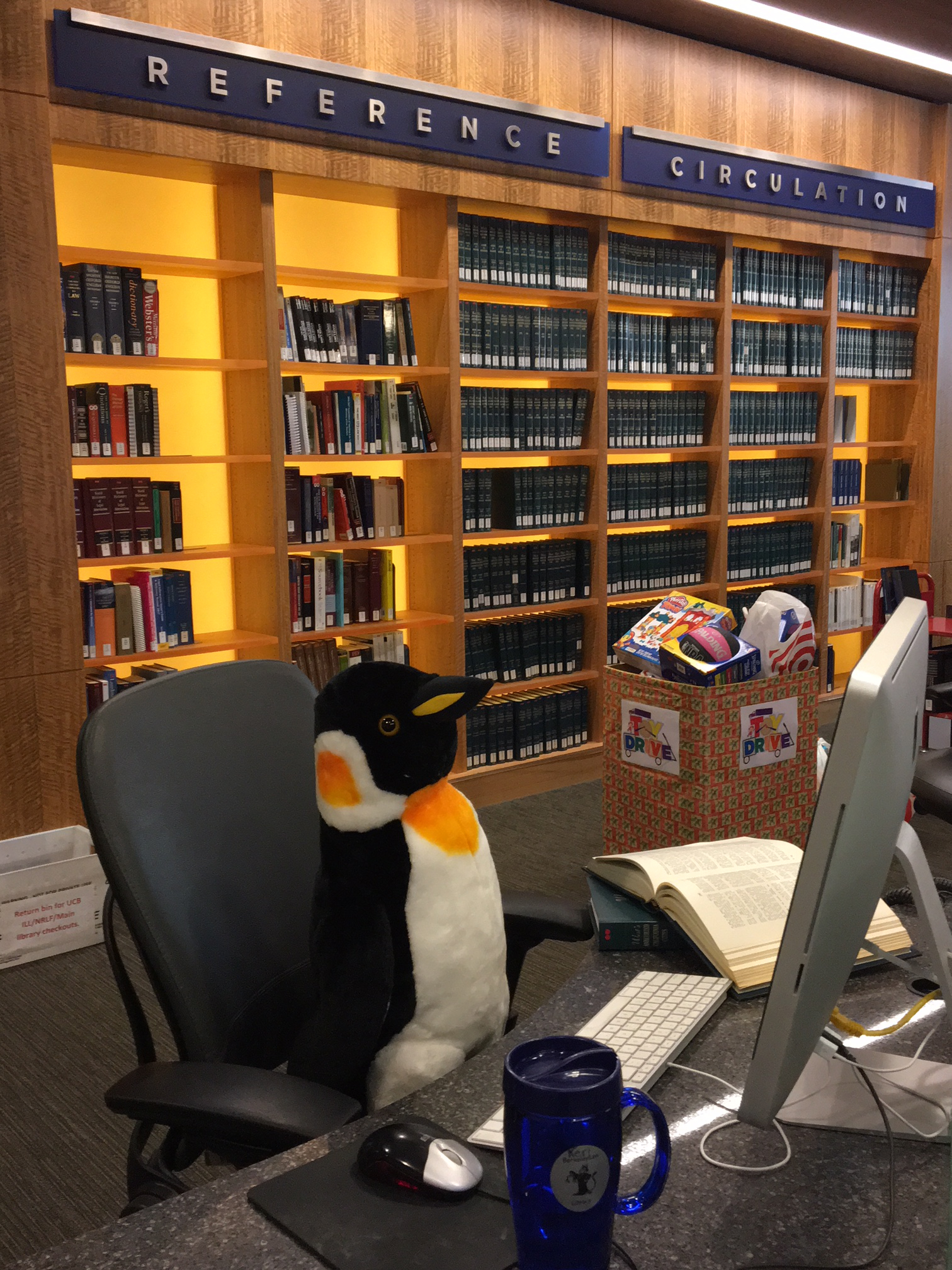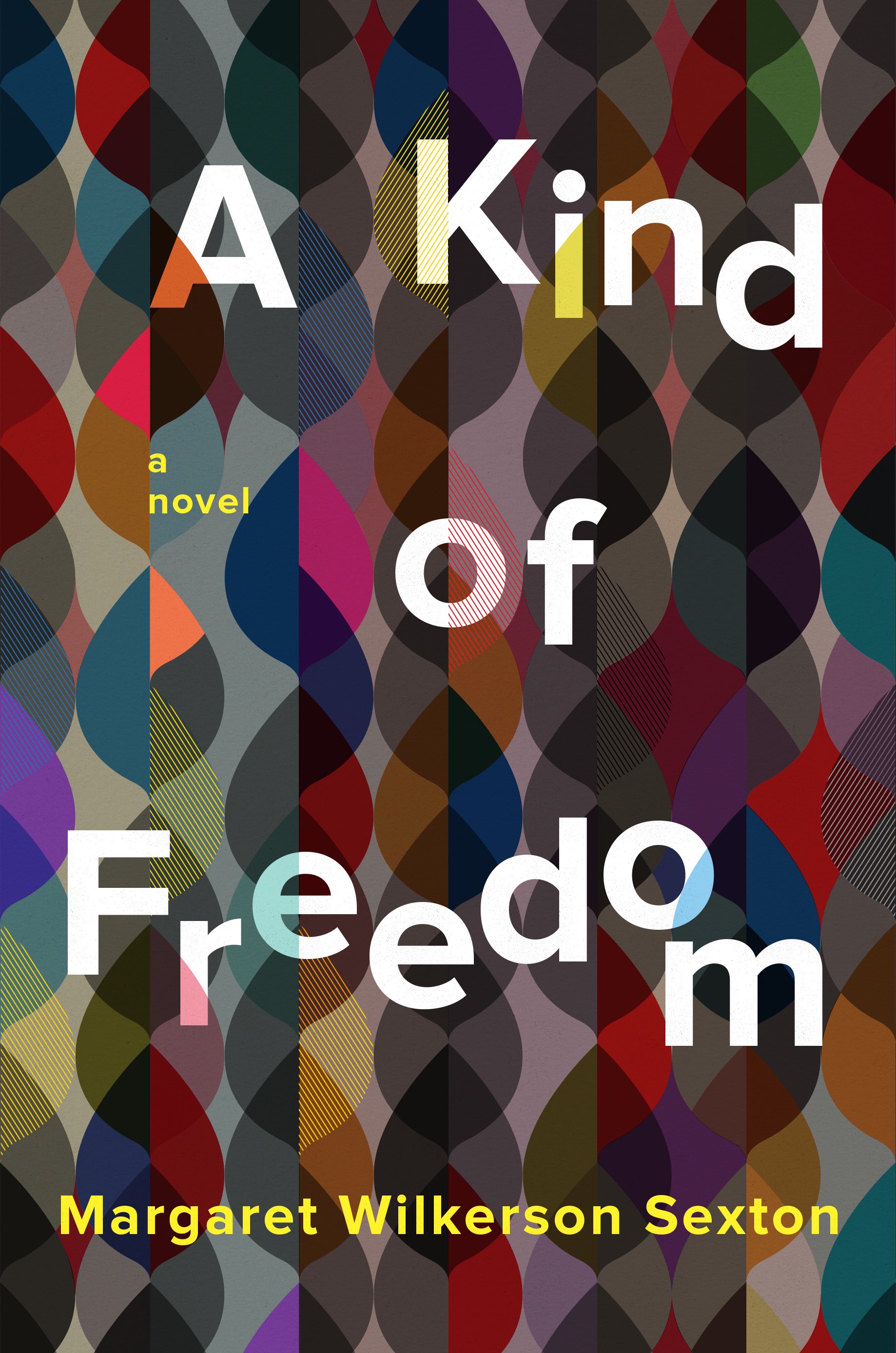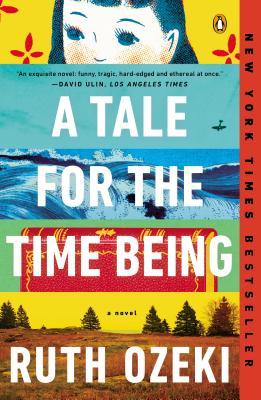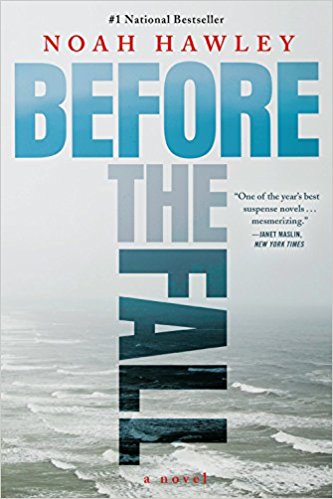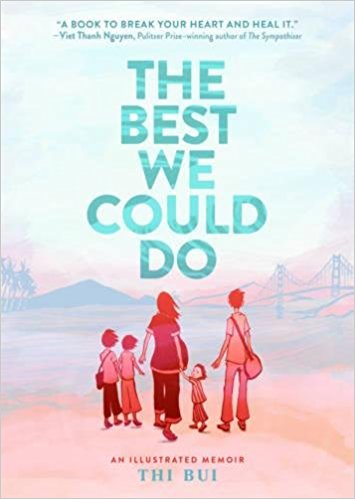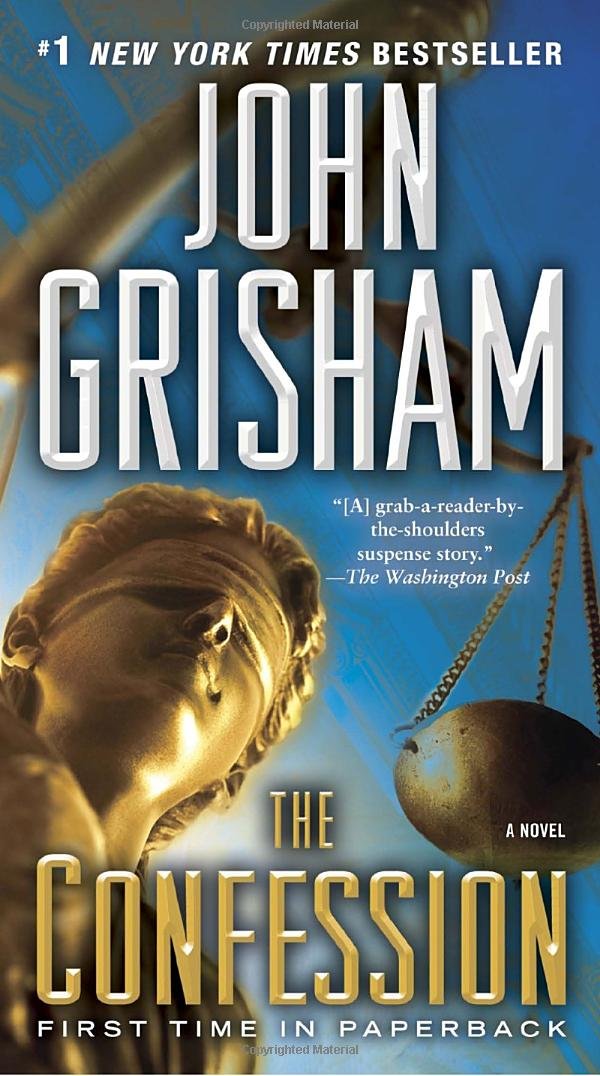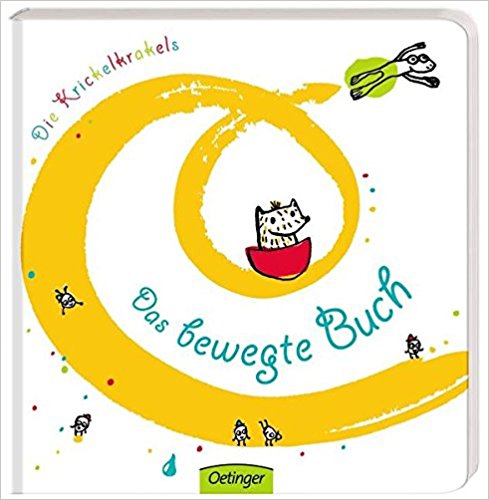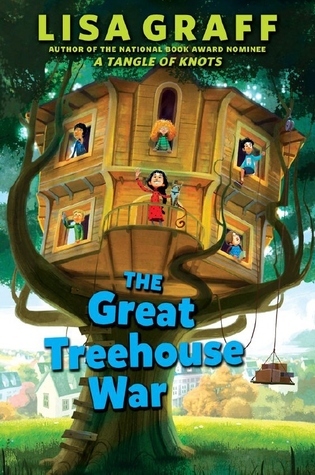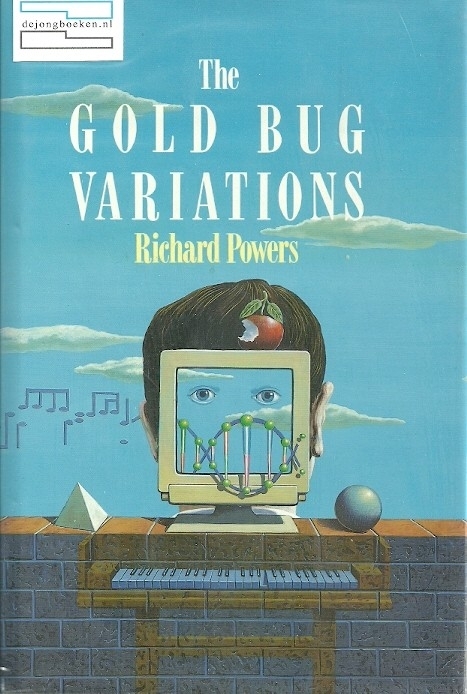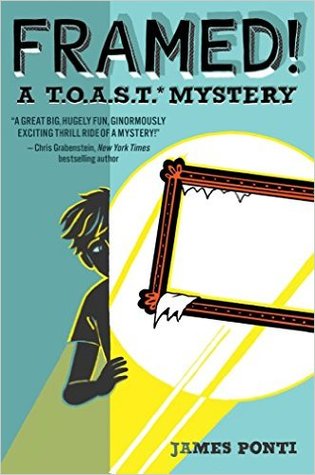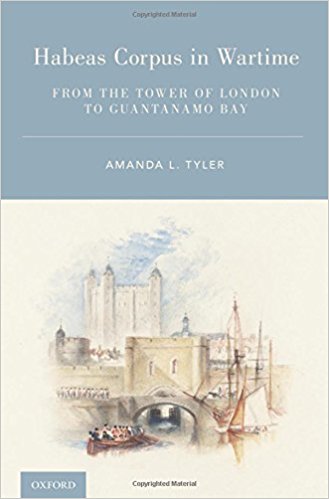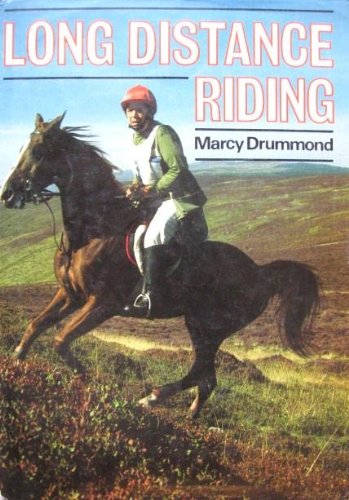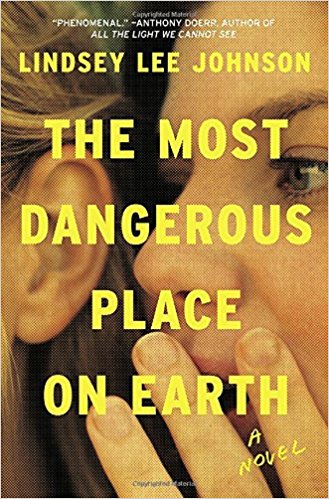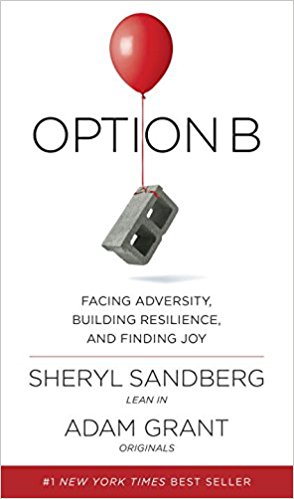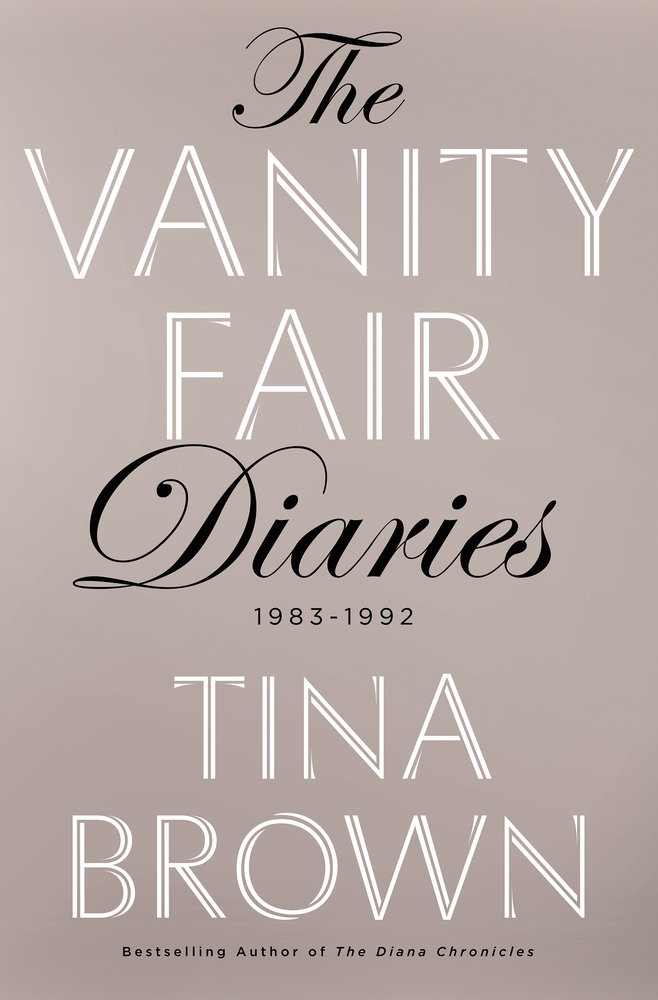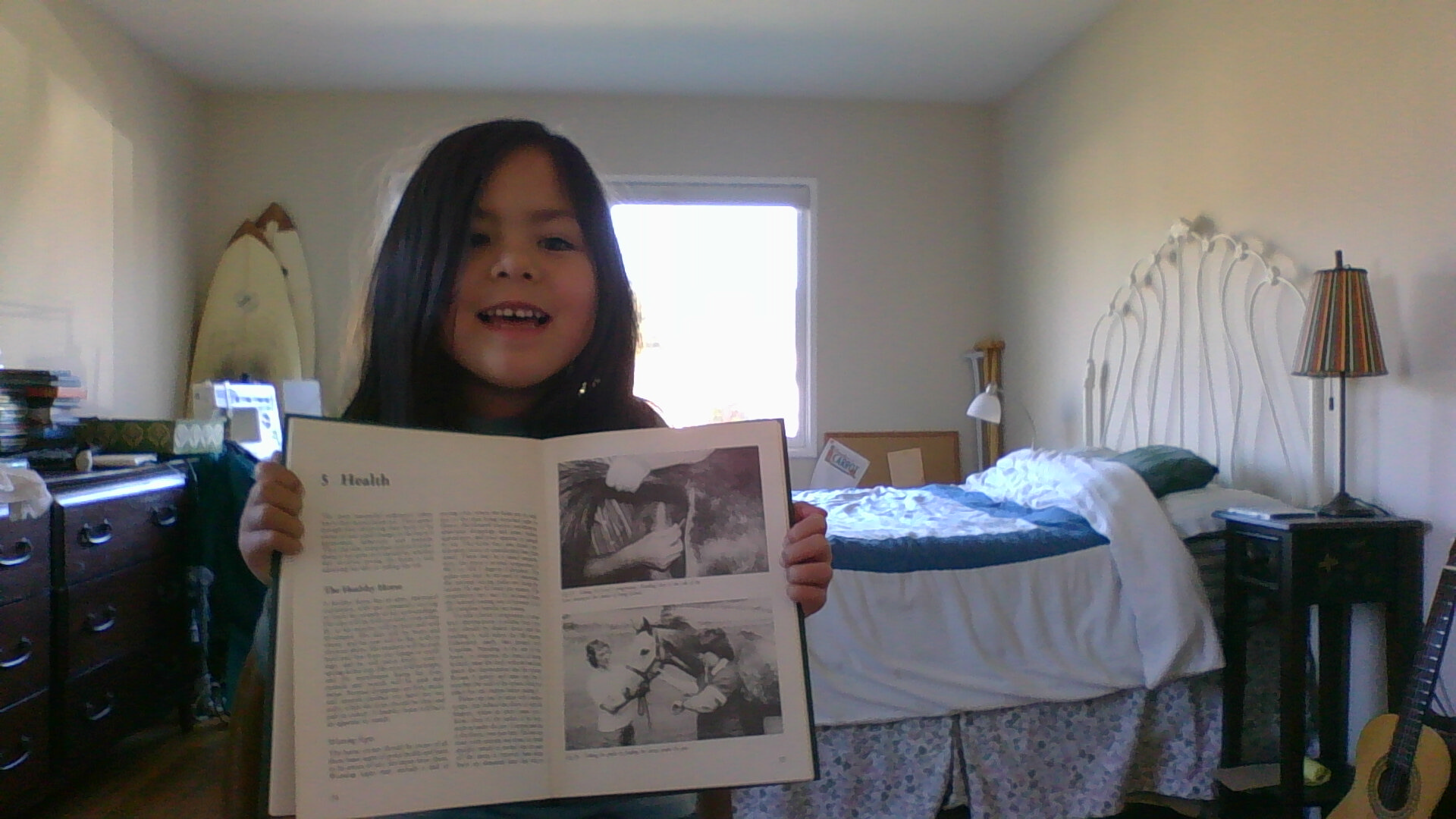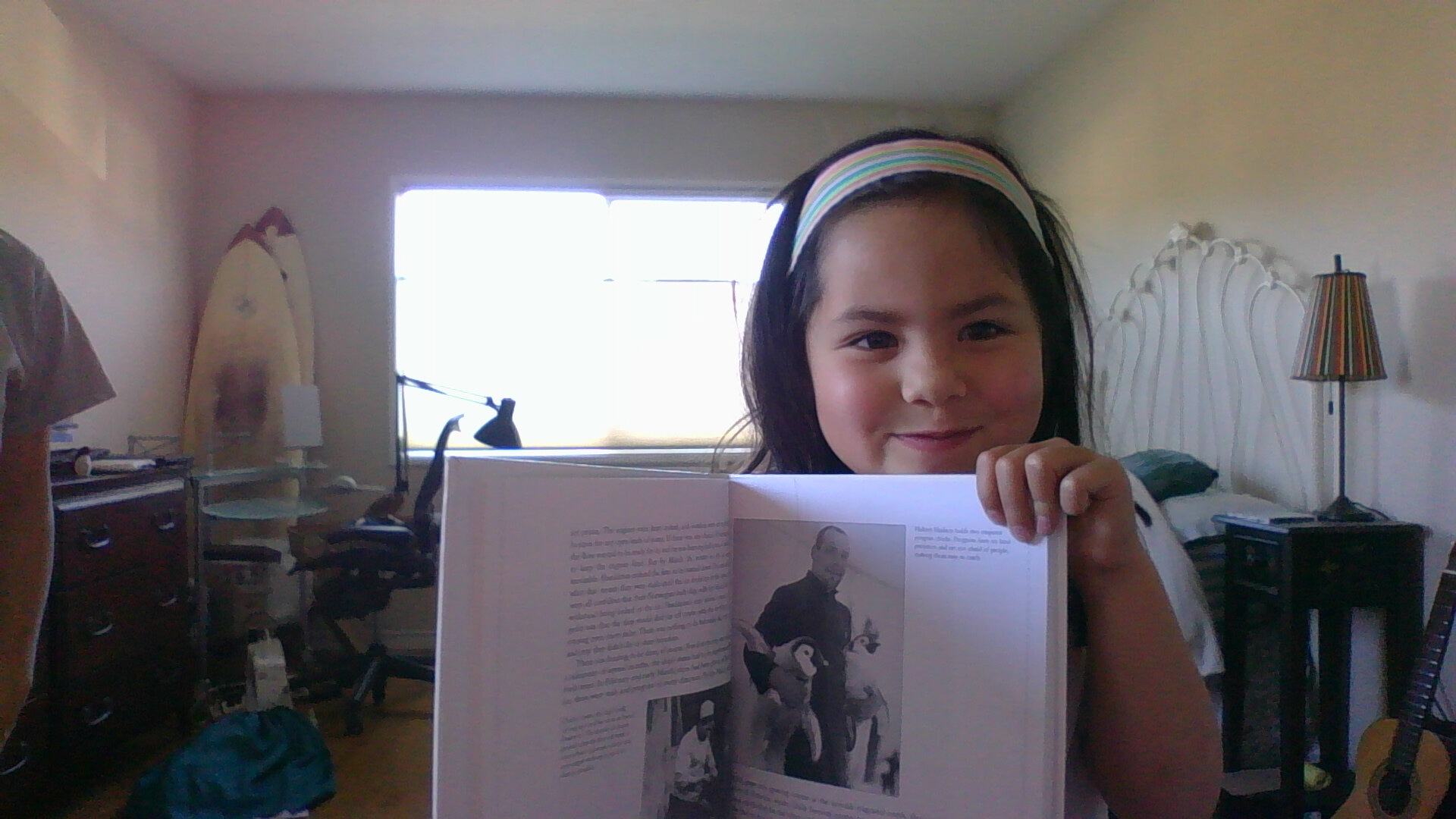A Kind of Freedom by Margaret Wilkerson Sexton (Law School Alum Author)
Trish Plunkett, Professor of Legal Writing
I am not an objective reviewer of Margaret Wilkerson Sexton’s 2017 debut novel A Kind of Freedom. Margaret is a Berkeley Law alum and a former student, who I remember with great fondness. So it may come as no surprise that I loved her book and recommend it to everyone I know. But many unbiased, professional reviewers with no connection to its remarkable author have also raved about it, including the New York Times, which called it “luminous.” It was nominated for the National Book Award.
A Kind of Freedom is set in New Orleans, where Margaret grew up. Her deep affection for New Orleans is evident throughout, and her ability to evoke the local culture and dialogue is remarkable.
The novel traces the dreams, setbacks, and struggles of three generations of an African-American family: Evelyn, a Creole woman whose father is a doctor and who comes of age during World War II; her daughter Jackie, whose husband is caught up in the crack epidemic of the early 1980s, and T.C, Jackie’s son, whose story unfolds post-Katrina.
The title comes from a quote, the implications of which are woven throughout: “They were the children of once-upon-a-time slaves, born into a kind of freedom, but they had traveled down through the wombs with what all their kind had been born with – the knowledge that God had promised next week to everyone but themselves.”
The reader can feel the weightiness of racism and injustice borne by each character, and it is striking that in some ways, the first generation, exemplified by Evelyn, seems to have had an easier road than the most recent, despite ostensible advances in civil rights and race relations. The ongoing devastation wrought by Hurricane Katrina is vividly portrayed through the loveable and poignant character T.C.. Although he reveres his grandma Evelyn and adores his baby boy who he wants to provide for, he seems unable to heal from, or make good decisions after, the heartbreaking death of his best friend, who perished in Katrina.
One of Margaret’s many storytelling gifts is her ability to portray the interior lives of her characters in a way that gives the reader insight into the myriad ways the deck is stacked against them. Their ability to hope and persist in the face of that evokes great compassion towards each character.
This beautiful novel will make any holiday flight go by faster, and it will make the fall semester’s cares recede, as you enter the lives of these vibrant characters who you will continue to care and think about long after you finish the book.
